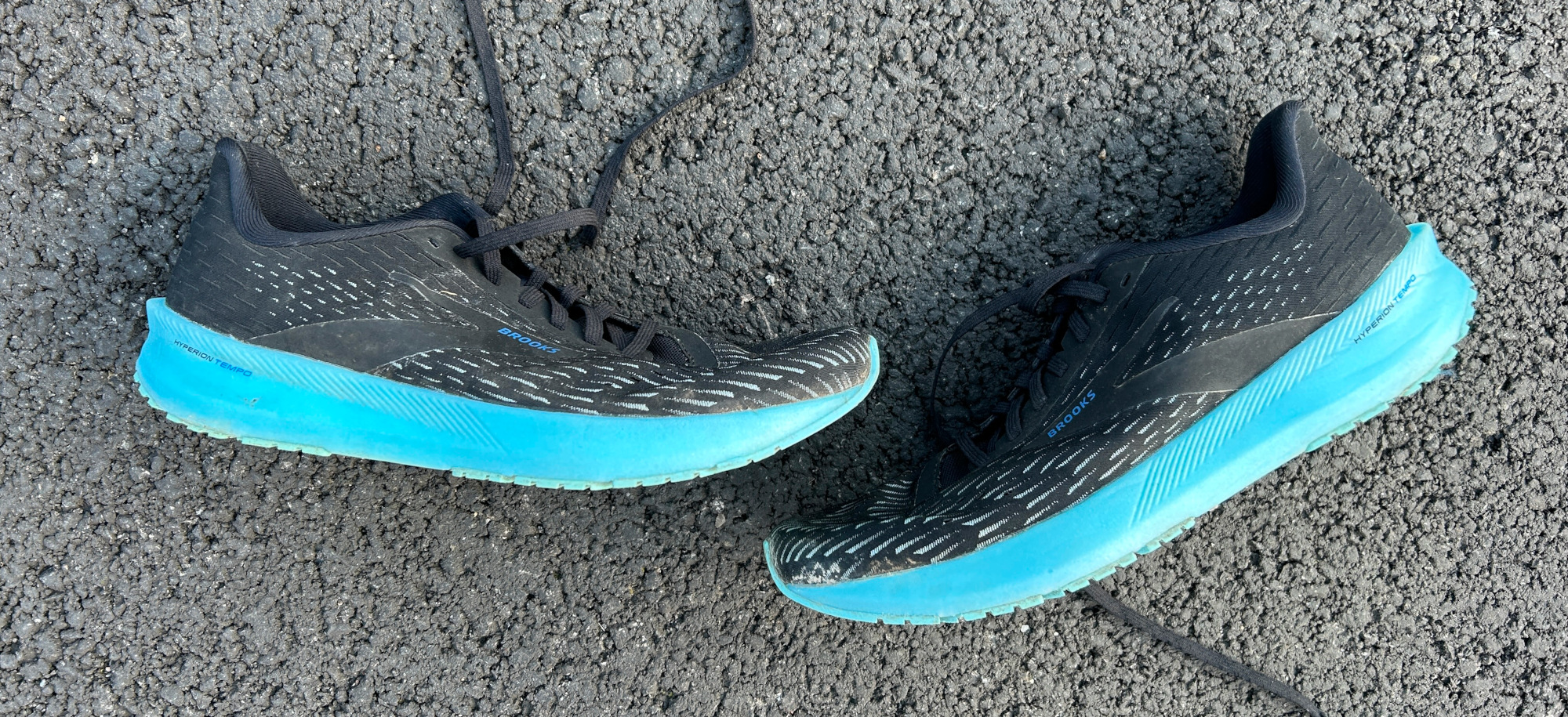Our Verdict
The Hyperion Tempo is billed primarily as a fast training shoe for interval and tempo runs. However, if you don’t mind a firmer-feeling shoe, it’s actually a capable all-rounder that I found enjoyable to use for easy runs as well as speed sessions.
For
- Lightweight and speedy
- Enough cushioning for easier runs
Against
- Firmer than others
You can trust Coach
When Brooks launched the Hyperion Elite and Hyperion Tempo running shoes at the same time, the latter was widely overlooked. That’s because the Elite – a lightweight yet cushioned racing shoe with a carbon plate in the midsole – was to be the company’s answer to the Nike Vaporfly.
However, the Elite has faced a somewhat frosty reception – not least by us – to the point where Brooks has already announced the Elite 2, which will arrive in stores this autumn. That shoe’s success might well hinge on the presence of the excellent DNA Flash midsole foam – the killer feature it has nicked from the Hyperion Tempo.
DNA Flash isa nitrogen-infused version of Brooks’s BioGoDNA foam. This creates bubbles in the foam, making the Tempo lighter and bouncier. It doesn’t have the pop of Nike’s ZoomX or Saucony’s PWRRUN+ foams, but it’s far more springy than the flat feel of the DNA Zero foam Brooks used in the Hyperion Elite.
Brooks didn’t use DNA Flash in the first version of the Elite to keep the weight under 200g, but the Tempo is still a very lightweight shoe at 207g, and the midsole is terrific for fast running, offering a responsive ride and smooth heel-to-toe transition.
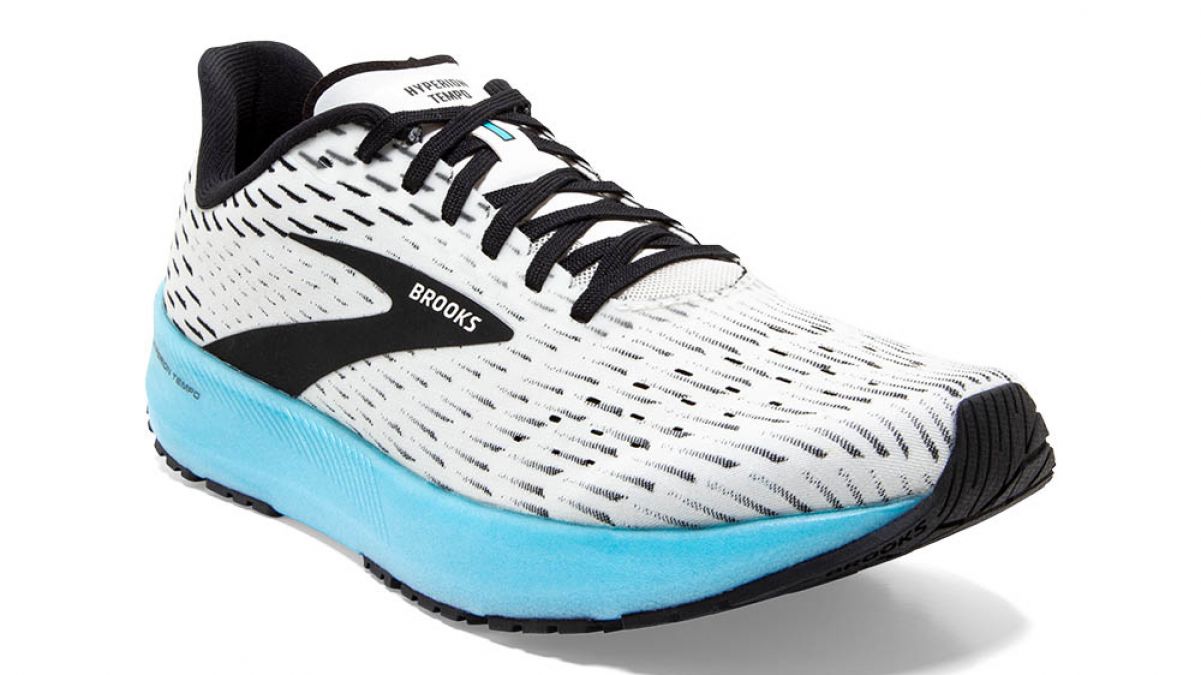



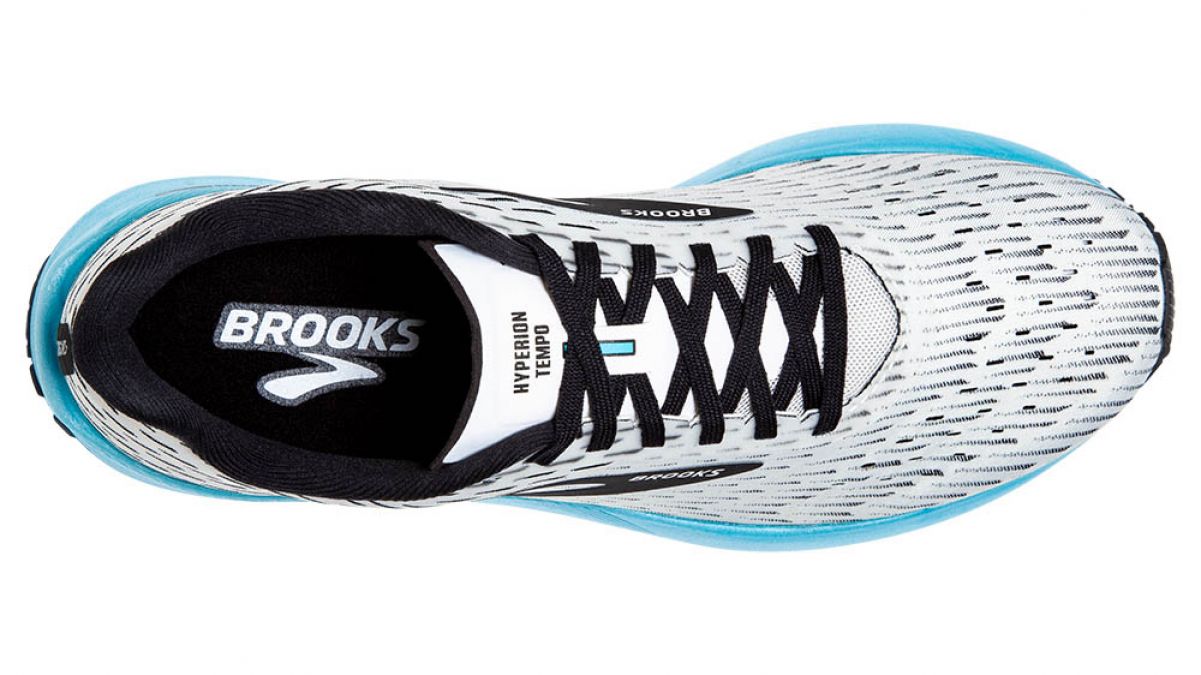
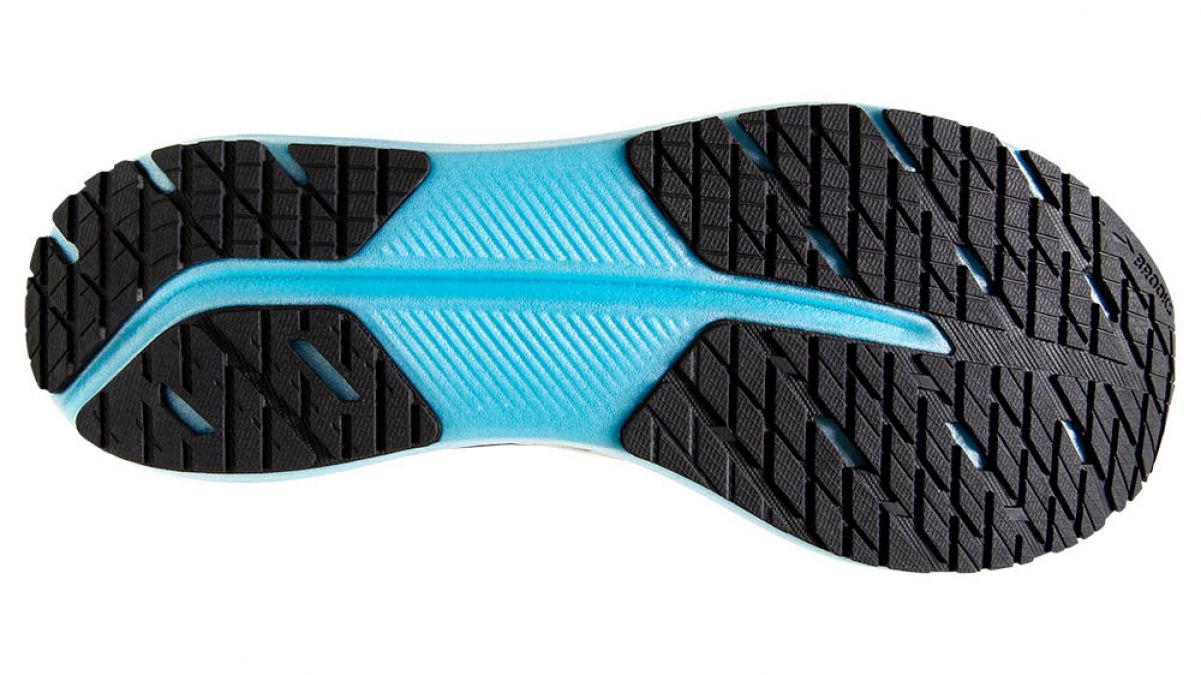
The Tempo is primarily designed as a fast trainer, ideal for tempo runs in particular – but while that might be true for elite runners and anyone who then switches to a carbon plate super-shoe on race day, I’d say the shoe will work as a great race-day option for most people, especially at half or full marathon distance.
I used the Tempo for a variety of runs and it was at its best on long, harder efforts, particularly a 12-mile progression and a ten-mile tempo run. I actually found it far more comfortable and faster than the Elite for this kind of running, and until the Hyperion Elite 2 comes out I’d say the Tempo is Brooks’s best marathon option for most runners – there is also the original Hyperion racing flat if you really feel there’s no need for any cushioning underfoot when racing.
You can use the Tempo for easy runs too, but in my opinion it is a tad firm for that purpose and I’d stop short of calling it a genuine all-rounder like the Nike Pegasus Turbo 2. Lightweight runners might find they can use it for everything, but I’d still prefer a softer option on easy days.
Sign up for workout ideas, training advice, reviews of the latest gear and more.
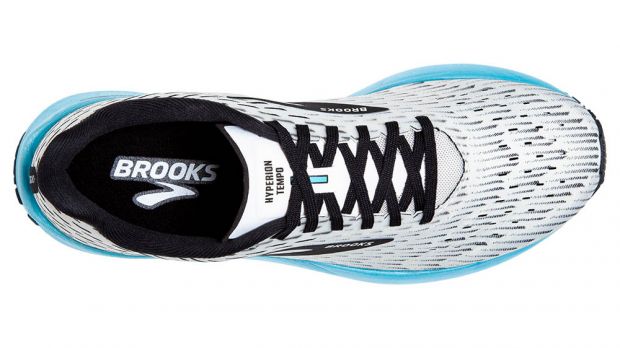
The upper on the shoe is light and there’s a roomy toe-box so you’ll barely notice it while running. I found the shoe was true to size and despite the spacious upper, it felt like my foot was locked in place when I cranked up the pace.
Positioning the Tempo as a fast training shoe makes it a little niche. Only those runners who have three shoes in their rotation will need it alongside a racing shoe and a shoe for easy days. However, it is more versatile than that and I’d say the average runner will find it a great race day option as well a fast trainer, while some might also find it has enough cushioning for easy running. And by the by, if the Elite 2 can match the feel of the Tempo while also cutting a little weight and adding that carbon plate, it should be something special.

Nick Harris-Fry is a journalist who has been covering health and fitness since 2015. Nick is an avid runner, covering 70-110km a week, which gives him ample opportunity to test a wide range of running shoes and running gear. He is also the chief tester for fitness trackers and running watches, treadmills and exercise bikes, and workout headphones.
